Common plant names can be confusing, especially when you have Pokeweed and Poke Milkweed which look and sound alike but are not in the same plant family and serve very different uses. |
Fruits of PokeweedFlowers of Poke MilkweedPoke Milkweed has downward facing petals and the inflorescence (flower head) is more round rather than tubular. Milkweed Fruits or PodsMilkweeds do not have berries like Pokeweed but large pods that contain seeds. | CAUTION: The berries of Pokeweed are extremely toxic and some people develop skin irritation just from touching the berries. Always use gloves when handling. These berries also provide a food source for songbirds who have immunity to the toxin. |
Should the Pokeweed be removed from my Monarch Rescue garden - it appeared on its own (I do not remember planting it).
Yes, by all means. Pokeweed, although native is quite invasive. It develops deep tap roots that can be very hard to dig up after a few years. The plant can cause skin sensitivity rashes and the berries are toxic. If you like baby poke leaf salad or have song birds that eat the berries (and spread seeds!) grow a patch of poke far away from your garden.
A few years ago I became 'homebound', almost as limited as 'bed-ridden' as far as I was concerned. Like many of my older relatives. I carried on the landscape & knowledge of three (3) former generations. Going through the yard was the same as the interior of a home. Each room different following a basic theme. Mirrored French doors seemed to sit beside a tree & backdrop wildly growing vines. Many items of reflection yet the doors were not just for looks they opened to a path flanked by 6-7 different plants 7-12feet tall. Weeds as in poke can be beautiful when allowed to grow as nature intended. I found the lofty 'weeds' didn't spread much at all. The ironic thing is my large specialiy nursery owner cousin never realized what this area was mostly growing. If ask I would of loved to have discussed my weed room.. Being a snicky one, as lovers of 'only the most impressive of plants are. Poke also is a good supplier of a red dye... pigment. Gloves are a must.
Does poke milkweed have a stem and leaf brackets that are streaked with red or purple? I have several plants that have slender oval leaves, no flowers yet, and stems that have vertical red stripes. I'm worried that this is the 'real' pokeweed.
Thank you. janis.
Your article provides invaluable clarity on this often confusing matter, particularly by emphasizing the importance of relying on scientific names for accurate identification. Your use of the Patterns Method and the detailed visual comparisons of flowers and fruits further enhance the reader's ability to differentiate between these plants. Your dedication to sharing such valuable insights contributes immensely to our understanding of these species and their significance, especially in relation to Monarch butterflies. Thank you for your efforts in educating and enlightening your readers.
I have found the pokeweed milkweed on my land. The seed pods do not look like the picture in this article.... they are more long and slender, similar to the seed pods on butterfly weed milkweed.
Leave a Reply.
Author
Rebecca Chandler
Garden Educator, Naturalist and Ethnobotanist
Archives
March 2024
January 2024
September 2023
August 2023
June 2023
April 2023
February 2023
March 2021
January 2021
December 2020
October 2020
July 2020
June 2020
May 2020
April 2020
March 2020
February 2020
January 2020
December 2019
November 2019
October 2019
September 2019
August 2019
July 2019
June 2019
April 2019
March 2019
February 2019
January 2019
December 2018
October 2018
September 2018
August 2018
July 2018
June 2018
May 2018
April 2018
March 2018

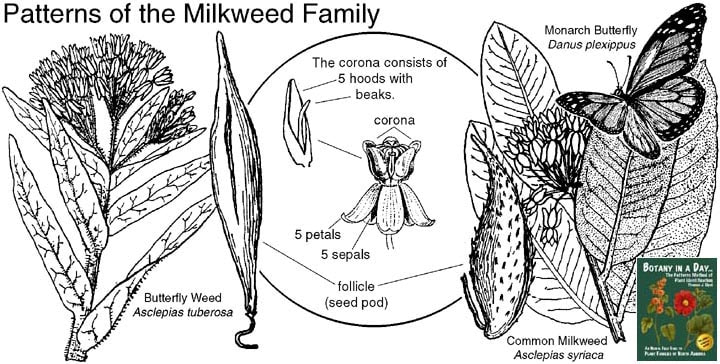
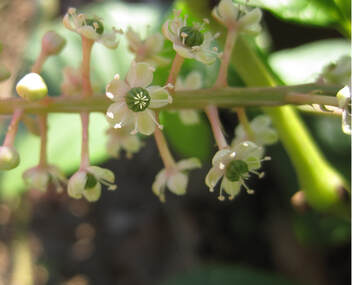
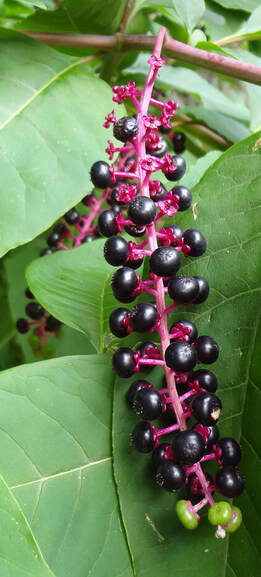
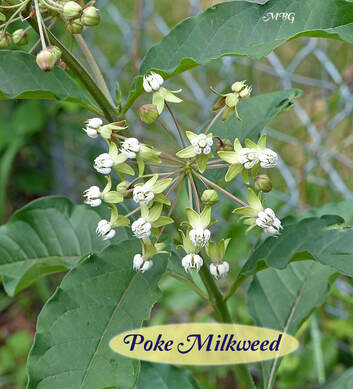
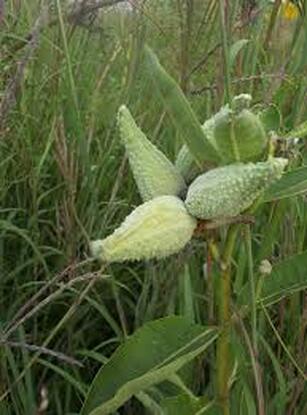
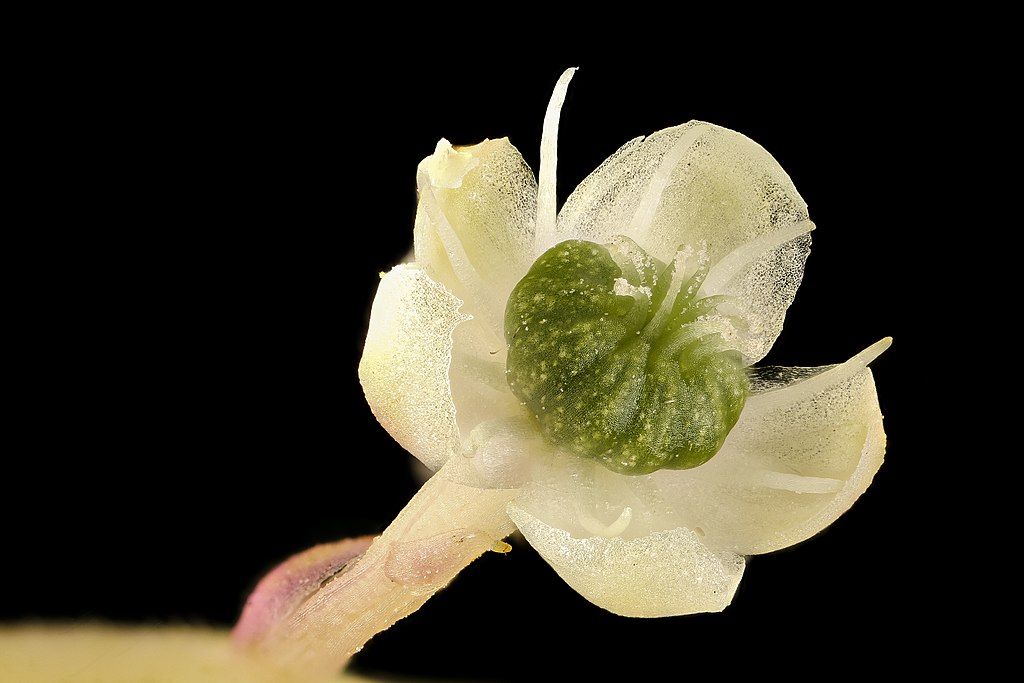
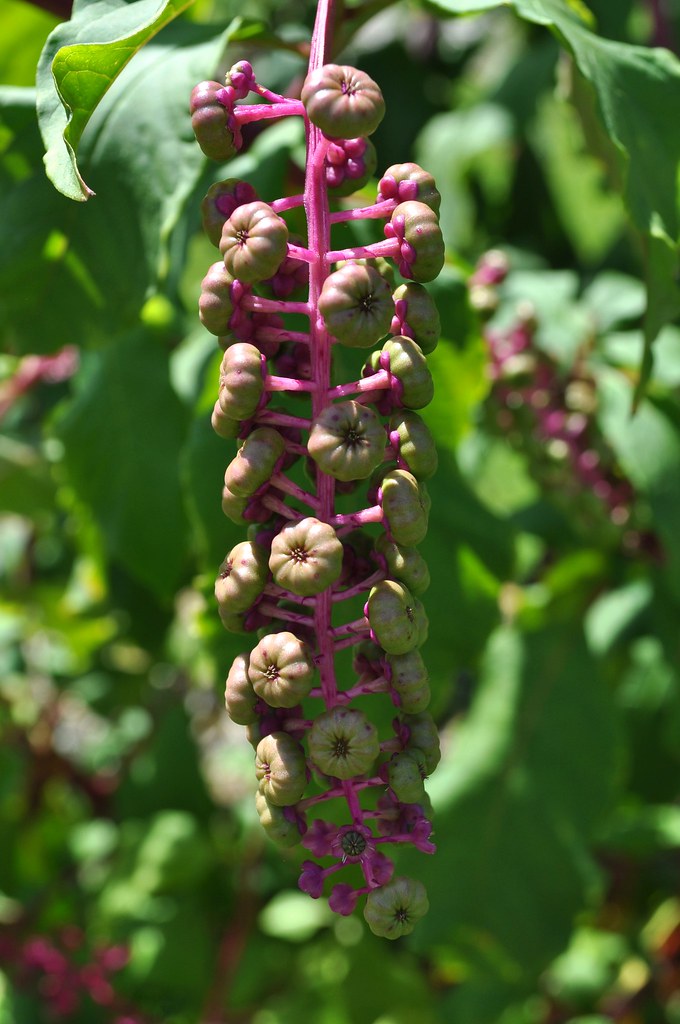
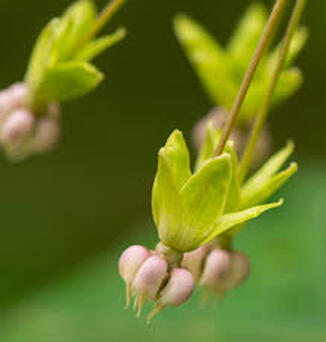
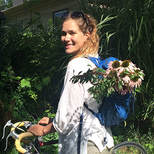
 RSS Feed
RSS Feed